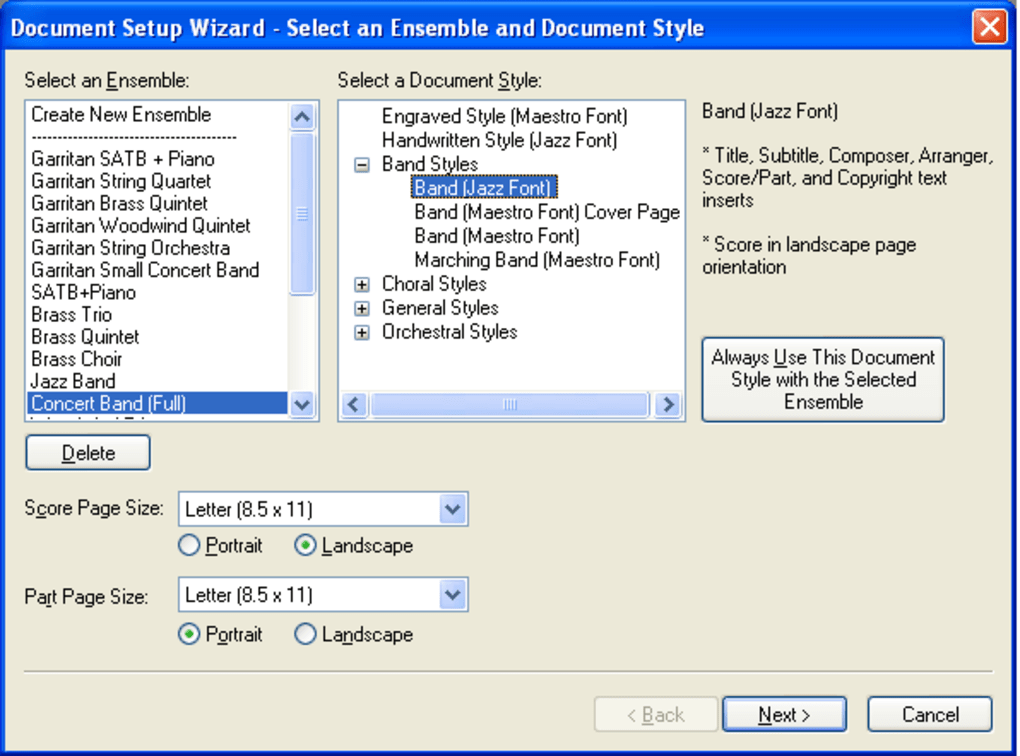
- #Finale software 2012 movie
- #Finale software 2012 full
- #Finale software 2012 software
- #Finale software 2012 mac
Final Draft used to utilize a terribly thin, tough-on-the eyes Courier font, until version 8 when they finally switched to a much more pleasing version of Courier that is thicker and smoother - both on screen and on the printed page. It's a nice overview of the program from its developer, Mark:
#Finale software 2012 software
I've shared this video in the past, back when I was considering the software but before I'd had a chance to actually use it.
#Finale software 2012 movie
Here's a look at some of Movie Draft's features. In the view above, you can see that the index card view works right alongside the script itself. You treat individual scenes as they should be, in my mind - as individual building blocks you can move around and edit individually, instead of as pages out of one long continuous manuscript. Movie Draft's main selling point is its modularity. For me, the software didn't disappear and become second nature, even after doing a couple drafts of my outline. I used Scrivener for a little while and while it seems like a great tool for novelists, for screenwriters I found its extensive control panels, options, and views to be overkill (and more than a little bit confusing). Thus I found myself needing an outlining/structuring tool that offered better tools than Final Draft's index card view.
#Finale software 2012 full
I like to write on the road or in isolated places, away from the internet and other distractions, and you can't take a table full of index cards with you. However, once you move into the revision stage, software becomes a necessity. Perhaps in the future touchscreens (and styli) will give us this freedom, but for now I still prefer pen and ink. And when I need to make structural changes, I can always draw arrows, boxes, circles, and whatever other diagrams I need to help myself along the way. There's only one direction to go: forward.

With non-erasable ink and pages that fill up, I find writing by hand gives me more momentum to get through the first draft without doing too much editing as I'm writing. Ultimately I've found that my preffered approach to writing an outline - and first draft - is good old-fashioned pen and paper. Over the past few years I've also experimented with Movie Magic Screenwriter, Scrivener, Mori, Evernote, Storymill, Contour, Adobe Story, Celtx, OneNote - and some others I can't remember - in my search for a good outlining/structuring/writing workflow. Finally, I've never been able to get its collaboration features to work. The program seems to have an elementary-level vocabulary, as polysyllabic words often give you red squiggles, even when they're spelled correctly. You have to go into a separate viewing mode, and then you get a confusing two-across view. Wouldn't it be nice, and make sense, to be able to do this within the program itself? While FD has an Index Card view, it just doesn't work the way my brain does. Final Draft essentially treats your screenplay like one long manuscript, and I always find myself breaking down a script onto handwritten index cards and spreading them out on a table/floor/bulletin board.

#Finale software 2012 mac
Note that it's Mac only available for Mac, Windows, and Linux, it's rated nearly 5 stars in the Mac App Store, and it only costs $30.īefore we look further at Movie Draft, let me explain my issues with Final Draft. What am I looking for? More structuring and outlining tools. I've been using it since Version 4, and it has definitely improved since then, but for a $250 program I've never felt that it has evolved as much as I'd like. It's like the Microsoft Word of screenwriting software - ubiquitous and adequate, but not something you're particularly excited about. For screenwriting, I've been a long-time Final Draft user, but I've never been a huge fan.


 0 kommentar(er)
0 kommentar(er)
